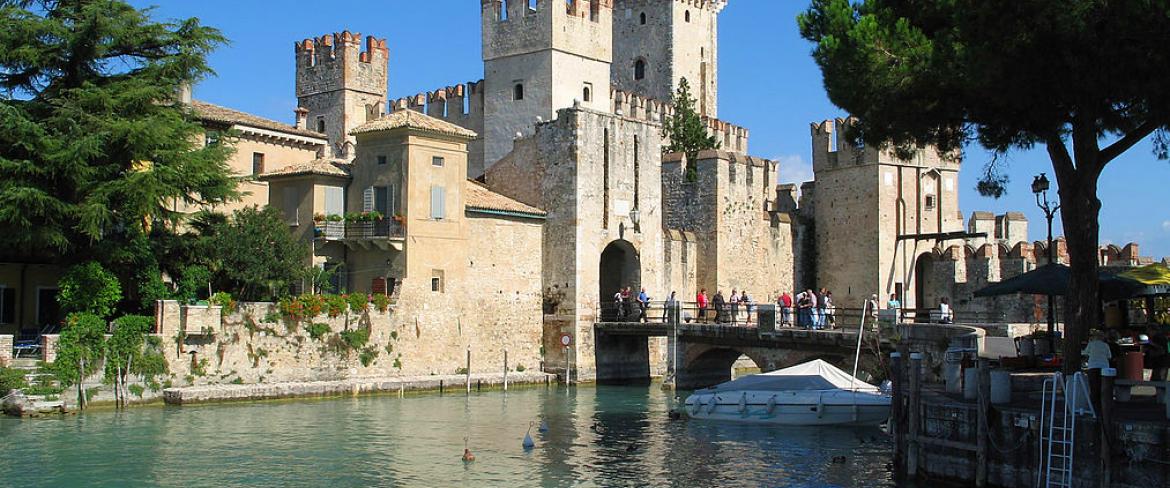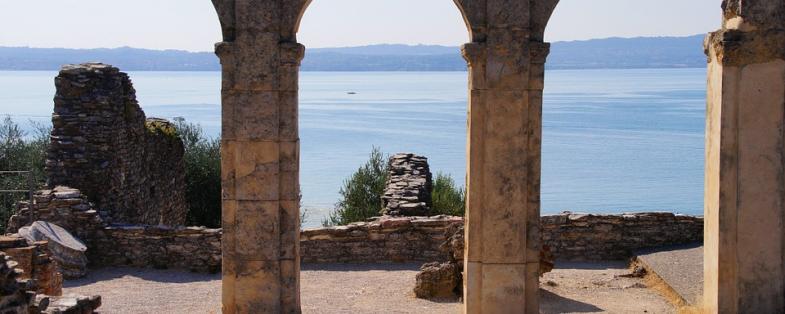"What complete joy to see you before me, Sirmione, to look on you again, more beautiful than all the islands and peninsulas that Neptune has raised on the different waters of transparent lakes or the immense sea." So sang the famous poet Catullo, when, after a period of travelling he returned home and saw his beloved Sirmione.
Traditions dating back to the 15th century identify the peninsula and in particular the Roman villa at its tip as his home, but we are not completely certain if it is true. What is certain is that the Catullo Caves are a unique and enchanting place, where the remains of one of the largest Roman villas of Northern Italy are preserved. As if that was not enough, the site is placed in a panoramic setting that is envied by the whole world and attracts tourists throughout the year.
THE NEW POET
Catullo was one of the leading poets in Latin literature, capable of expressing better than any others the deep human feelings, especially those relating to love. But who was he really? Who knows the true story of Catullo?
Gaio Valerio Catullo (84 BC - 54 BC) was a Roman poet born in Gallia Cisalpina, near Verona. His poems explored emotions, especially hate and love, with great acumen and above all, topicality. When he moved to Rome he met Clodia, with whom he had a troubled relationship that was the basis of some of his masterpieces.
He never participated in political life as his other contemporary poets did. He preferred light poetry, capable of painting scenes of everyday life. These characteristics placed him among the new poets, far from the tradition of the epic poem and the stories of heroic gestures.
THE CATULLO CAVES: A HUGE UNDERTAKING
A poet of such fame could only have a home of the same level. The Catullo Caves are considered a very complicated architectural enterprise. The villa which stretches for two hectares (20,000 sq.m.) was built according to absolute symmetry. This involved numerous technical difficulties due to the nature of the soil, which is very diverse and almost completely lacking flat points. So the architects of two thousand years ago had to exploit the shape of the land as much as possible, and in some places cut the rock.
Unfortunately many parts of the villa are destroyed today. Over the centuries nature has fused with its remains, creating an unforgettable environment. It was precisely from this union that the name Catullo Caves was born, indicating the collapsed and covered vegetation that lets you enter as if the caves were natural cavities.
A place that brings a magic aura with it. For a moment everything stops, and you breathe the air of the past. At the end of the visit we can understand why Catullo loved Sirmione so much: he found peace and tranquility here, away from all the anxiousness and anxieties of a poet. These sensations are transmitted and felt by visitors, who are taken away by this enchanted place.



